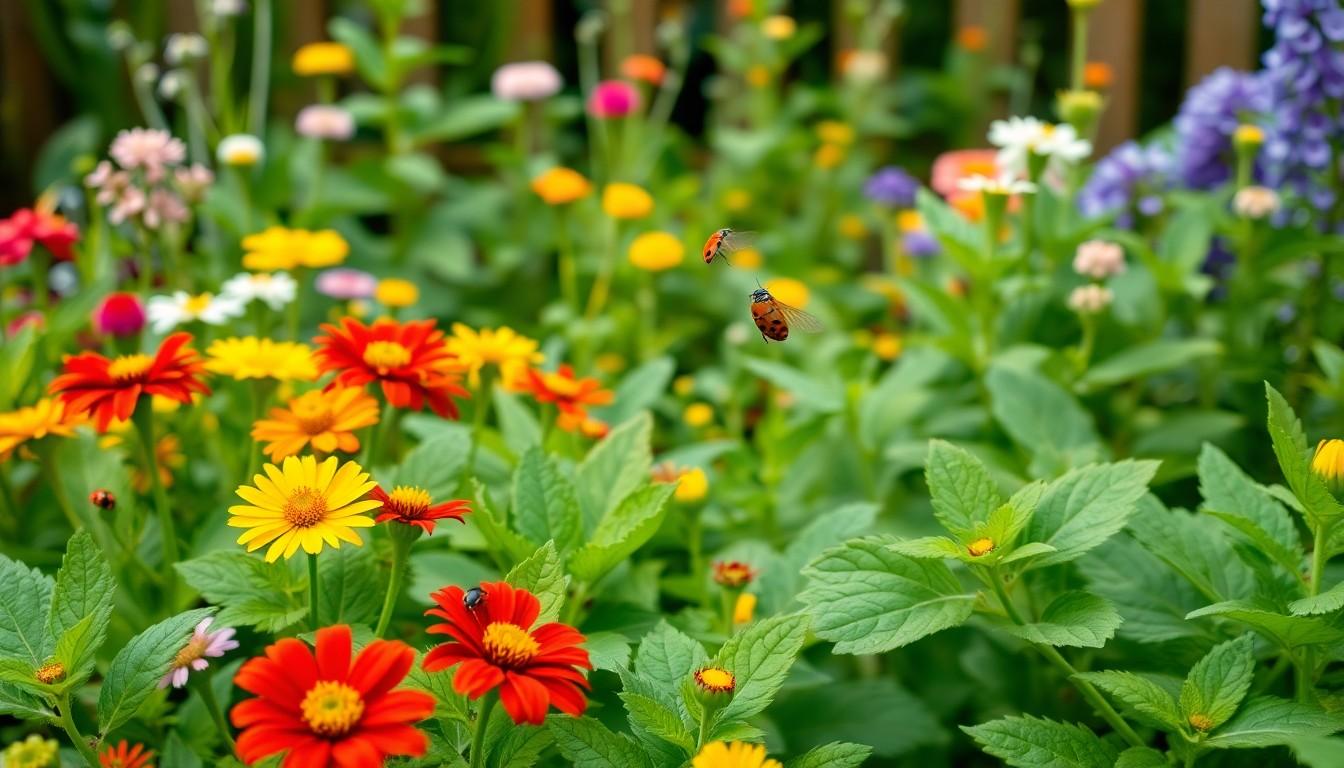When it comes to pests, most people think of chemical-laden sprays and traps that could make a superhero cringe. But what if there’s a way to kick those unwanted guests to the curb without turning your home into a toxic wasteland? Enter eco-friendly pest control—the savvy homeowner’s secret weapon against creepy crawlies.
Eco-Friendly Pest Control
Eco-friendly pest control offers numerous advantages, prioritizing safety for both people and the planet. Below are the key benefits.
Health Benefits
Health benefits play a crucial role in choosing eco-friendly pest control. Safer products reduce exposure to harmful chemicals, decreasing risk of respiratory issues and skin irritations. Non-toxic alternatives minimize effects on children and pets, ensuring a healthier home environment. They also help prevent long-term health problems associated with chemical residues in living spaces. Healthier ecosystems foster immunity against pests, enhancing overall well-being.
Environmental Benefits
Environmental benefits significantly impact the decision to use eco-friendly pest control. Sustainable methods protect beneficial insects, maintaining biodiversity essential for ecological balance. Organic solutions reduce pollution in soil and water systems, promoting healthier ecosystems. They also minimize non-target species’ harm, safeguarding wildlife habitats. Using natural ingredients helps preserve the environment, contributing to a cleaner, safer planet.
Common Eco-Friendly Pest Control Methods

Eco-friendly pest control methods provide effective alternatives to harmful chemicals. These strategies promote a safe environment for families and local ecosystems.
Natural Repellents
Natural repellents harness plant-based ingredients to deter pests. Essential oils such as peppermint, lavender, and citronella repel insects while offering pleasant fragrances. Vinegar serves as another effective deterrent, especially against ants and fruit flies. Homemade sprays often combine these ingredients, providing an easy solution for household pest issues. Employing these natural solutions enhances indoor air quality without introducing toxic substances.
Biological Control
Biological control utilizes natural predators to manage pest populations. Introducing beneficial insects like ladybugs and lacewings can effectively reduce aphid numbers on plants. Parasitic wasps target pests like caterpillars and flies, disrupting their life cycles. This method enhances biodiversity by maintaining ecological balance, ensuring the presence of beneficial organisms. Utilizing biological control methods promotes a sustainable approach to pest management.
Cultural Practices
Cultural practices focus on altering gardening and landscaping techniques to prevent pest infestations. Crop rotation reduces the likelihood of soil-borne pests, promoting soil health. Regularly removing debris and weeds minimizes potential habitats for pests. Implementing companion planting encourages beneficial insect presence and can deter harmful species. Practicing these techniques not only protects plants but fosters an overall healthy ecosystem.
Choosing The Right Eco-Friendly Solution
Selecting the proper eco-friendly pest control method involves identifying specific pest issues and understanding available solutions. An accurate assessment of the pest problem leads to effective management strategies.
Assessing Your Pest Problem
Begin with identifying the type of pests present. Common pests include ants, rodents, and aphids. Observing their behavior and nesting areas aids in determining the extent of the infestation. Document the locations where pests appear and any damage they cause. This information helps in choosing targeted eco-friendly solutions. Monitoring pest activity over time also offers insights into infestation patterns. The more detailed the assessment, the better tailored the solution.
Factors To Consider
Consider several factors when selecting eco-friendly pest control methods. Effectiveness of the chosen solution should suit the specific pest type and infestation level. Environmental impact plays a crucial role; opt for methods that protect beneficial insects and surrounding wildlife. Availability of products or services in the local area can influence choices. Additionally, safety for children and pets must remain a priority, ensuring solutions do not pose health risks. Budget constraints might affect the selection process, so it’s wise to explore cost-effective options.
selecting appropriate methods
Adopting eco-friendly pest control methods not only safeguards health but also enhances the environment. By opting for natural solutions homeowners can create a safer space for their families while contributing to the preservation of local ecosystems. The shift towards environmentally conscious pest management reflects a growing awareness of the interconnectedness of health and nature.
With a variety of effective strategies available it’s easier than ever to tackle pest issues responsibly. By understanding specific pest behaviors and selecting appropriate methods homeowners can ensure effective pest management without compromising safety or ecological balance. Embracing these practices leads to healthier homes and a more sustainable planet for future generations.




